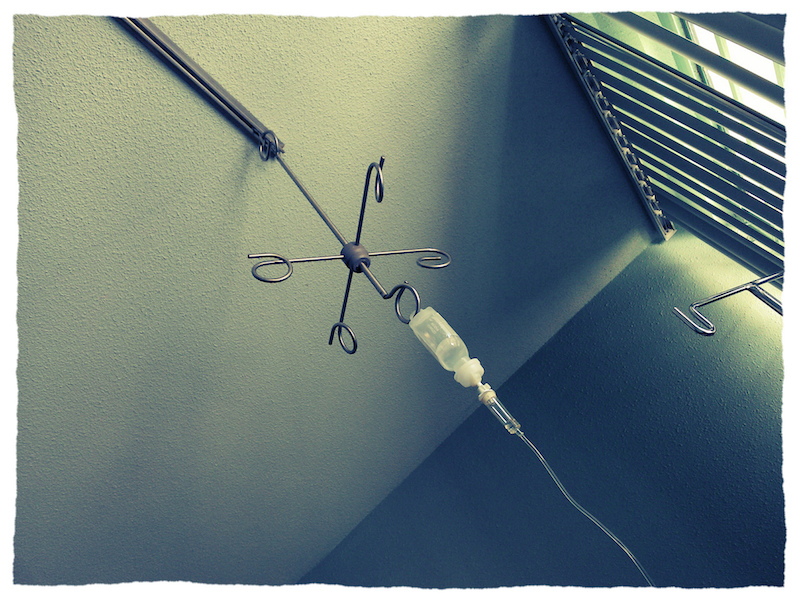About 46% of women with breast cancer may not need chemotherapy. An article in the New England Journal of Medicine describes a new assay from Agendia, MammaPrint, could save them the pain of this toxic treatment.
 Personalizing medicine is a major focus in the development of ever more precise treatments, and it is particularly relevant in genetic diseases like cancer. The molecular causes may vary from person to person, but the symptoms are the same. Accordingly, there is a need to allow for such diversity. In this vein, new assay developed by the Dutch company, Agendia, could be a phenomenal new tool to assess the necessity of chemotherapy in breast cancer patients, as described in the prestigious New England Journal of Medicine.
Personalizing medicine is a major focus in the development of ever more precise treatments, and it is particularly relevant in genetic diseases like cancer. The molecular causes may vary from person to person, but the symptoms are the same. Accordingly, there is a need to allow for such diversity. In this vein, new assay developed by the Dutch company, Agendia, could be a phenomenal new tool to assess the necessity of chemotherapy in breast cancer patients, as described in the prestigious New England Journal of Medicine.
The technology, dubbed MammaPrint, attempted to identify patients with a low-risk of recurrence and judge whether or not it would be worth it to pursue chemotherapy: it was an outstanding success, and the result of the trial earned the rare honour of publication in NEJM, which normally does not cover translational studies.

The article describes the results of a Phase III trial following almost 7000 patients worldwide. In 98% of the cases for which MammaPrint deemed chemo unnecessary, the Distant Metastasis Free Interval (DMFI) was achieved. This is the equivalent of a primary endpoint to evaluate the prognosis and benefit of a typical drug. Amazingly, MammaPrint was able to evaluate these as a result of not using a drug (chemotherapy) in order to distinguish cases that don’t require it.
The test, as described in the journal article, analyses a sequence of 70 genes, and it can be tacked on to the standard procedure for identifying patients in need of chemotherapy. The team of researchers found that approximately 46% of women with breast cancer at high clinical risk may not need this highly toxic therapy, and this new technology would save them the physical and financial burdens of undergoing chemotherapy.
Featured Image: Chemotherapy (CC2.0, Practical Cures/Flickr)
Figure 1: 20130618 (CC2.0, Eleazar Cruz/Flickr)
Journal Reference: Fatima Cardoso, M.D., Laura J. van’t Veer, Ph.D. et al. N Engl J Med. 2016; 375:717-729. August 25, 2016. DOI: 10.1056/NEJMoa1602253





